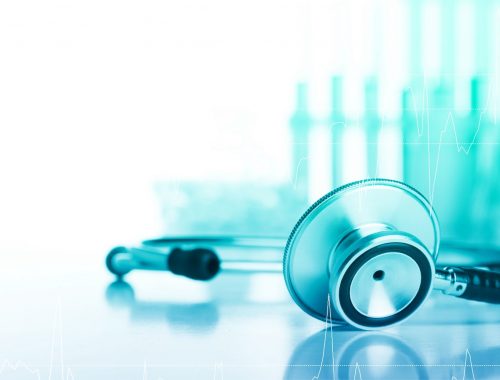Introduction
Welcome, fellow readers, to a journey through the fascinating and side-splitting world of historical breakthroughs in medical research! Throughout the ages, brilliant minds have made astonishing discoveries that have shaped the healthcare landscape as we know it today. But did you know that some of these breakthroughs had a humorous twist to them? Hold tight as we delve into the annals of medical history, uncovering the absurd but marvelous breakthroughs that have tickled both funny bones and saved lives!
Body
“Lobsters as Medicine, Oh My!”
Picture this: it’s the 18th century, and you twirl your mustache while pondering over medical treatments. Suddenly, a peculiar idea strikes you – what if lobsters could cure illnesses? Yes, my dear readers, this was a genuine thought embraced by many physicians at the time. The mighty lobster was believed to possess mystical healing properties and was prescribed for all sorts of ailments, from scurvy to weak digestion. Of course, to our modern sensibilities, this prescription seems nothing short of cray-cray. But hey, perhaps it was the seafood equivalent of a placebo effect—conviction is half the battle, right?
“X-ray Shoe-Fitting for Some Sole-ful Diagnosis”
Fast forward to the early 20th century, an era welcoming the advent of X-ray technology. Radiology was a dandy tool, and oh boy, did folks find some eccentric uses for it! One particular application quickly became all the rage: using X-rays for shoe-fitting. Yes, dear readers, podiatrists at the time utilized X-ray machines to help people find the perfect-fitting footwear. Talk about literally radiating fashion! Alas, this practice was eventually stopped when scientists realized that prolonged exposure to X-rays had frightfully nasty side effects. Let’s just say it wasn’t long before the medical community took a giant step back from this radiation-emitting spectacle.
“Medieval Malaria: The Art of Bloodsucking”
Hold on to your hats for this one, ladies and gentlemen, as we transport ourselves back to the Middle Ages. In those murky times, when leeches were as common as knights donning armor, they were believed to be a panacea for various ailments. Yes, you heard right—leeches! These slimy bloodsuckers were used to treat everything from headaches to the more severe cases of “bad blood.” And we don’t mean when someone steals your last slice of pizza. It was believed that having too much “bad blood” could cause illness, so people were bled profusely by leeches (ouch!) in an attempt to restore their health. Thankfully, modern medicine has come a long way since, sparing us from the era of rampant leech bloodletting.
Conclusion
As we bid adieu to our laughter-filled journey through the annals of medical history, we can’t help but marvel at the persistence and ingenuity of our predecessors in the field of healthcare. While some of their breakthroughs may seem absurd in hindsight, they laid the foundations for the remarkable advancements we enjoy today. So, next time you’re at the doctor’s office or undergoing a modern medical marvel, take a moment to chuckle and appreciate the extraordinary journey that medicine has taken to reach this point.
FAQs (Frequently Asked Questions)
Q1: Were these historical breakthroughs effective in any way?
A1: Surprisingly, some of these breakthroughs did have limited effectiveness, albeit more in terms of the placebo effect rather than actual scientific validity. The power of belief in healing cannot be underestimated!
Q2: Are lobsters still used in medicinal applications?
A2: While it’s true that lobsters are no longer considered a medical remedy, they do continue to play a significant role in culinary delights worldwide. So, next time you’re craving a delectably adventurous feast, give lobster a try!
Q3: Were there any positive outcomes from the use of leeches?
A3: Strangely enough, yes! Leeches are still used today for certain medical procedures, particularly in the field of reconstructive and microsurgery. Their propensity for preventing clotting makes them an essential tool for such delicate surgeries. Who would’ve thought?



